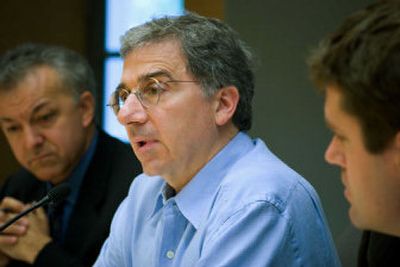Harvard launches private stem-cell research program

Harvard University on Tuesday announced the launch of a privately funded, multimillion-dollar program to create cloned human embryos as sources of medically promising stem cells.
The collaborative effort, involving several Harvard-affiliated medical research centers, the New York Stem Cell Foundation and Columbia University, marks a new phase in the long-simmering U.S. culture war over stem-cell research, pitting some of the nation’s most prestigious institutions against a vocal conservative movement that opposes the work.
President Bush banned the use of federal funds for studies of new human embryonic stem cell colonies in August 2001, saying the creation and destruction of human embryos for research ran counter to a “culture of life.” Since then, only the University of California, San Francisco, has acknowledged doing research on cloning human embryos, also using private funding.
The field lost much of its luster earlier this year when Korean claims of having done the first successful derivation of stem cells from cloned human embryos proved fraudulent.
Harvard officials said they had developed their program over a two-year period under an umbrella of new ethics rules and hoped to boost the field without unduly offending opponents.
“While we understand and respect the sincerely held beliefs of those who oppose the research, we are equally sincere in our belief that the life-and-death medical needs of countless suffering children and adults justifies moving forward with this research,” said Harvard President Lawrence Summers.
The work, aspects of which have already begun, involves creating embryos made not by the usual fusing of sperm and egg but by fusing a patient’s body cell – such as a skin cell – with a human egg whose own DNA has been removed. The resulting embryo would be genetically identical to the patient who donated the skin cell, so stem cells derived from it and transplanted into the patient are unlikely to be rejected by the immune system.